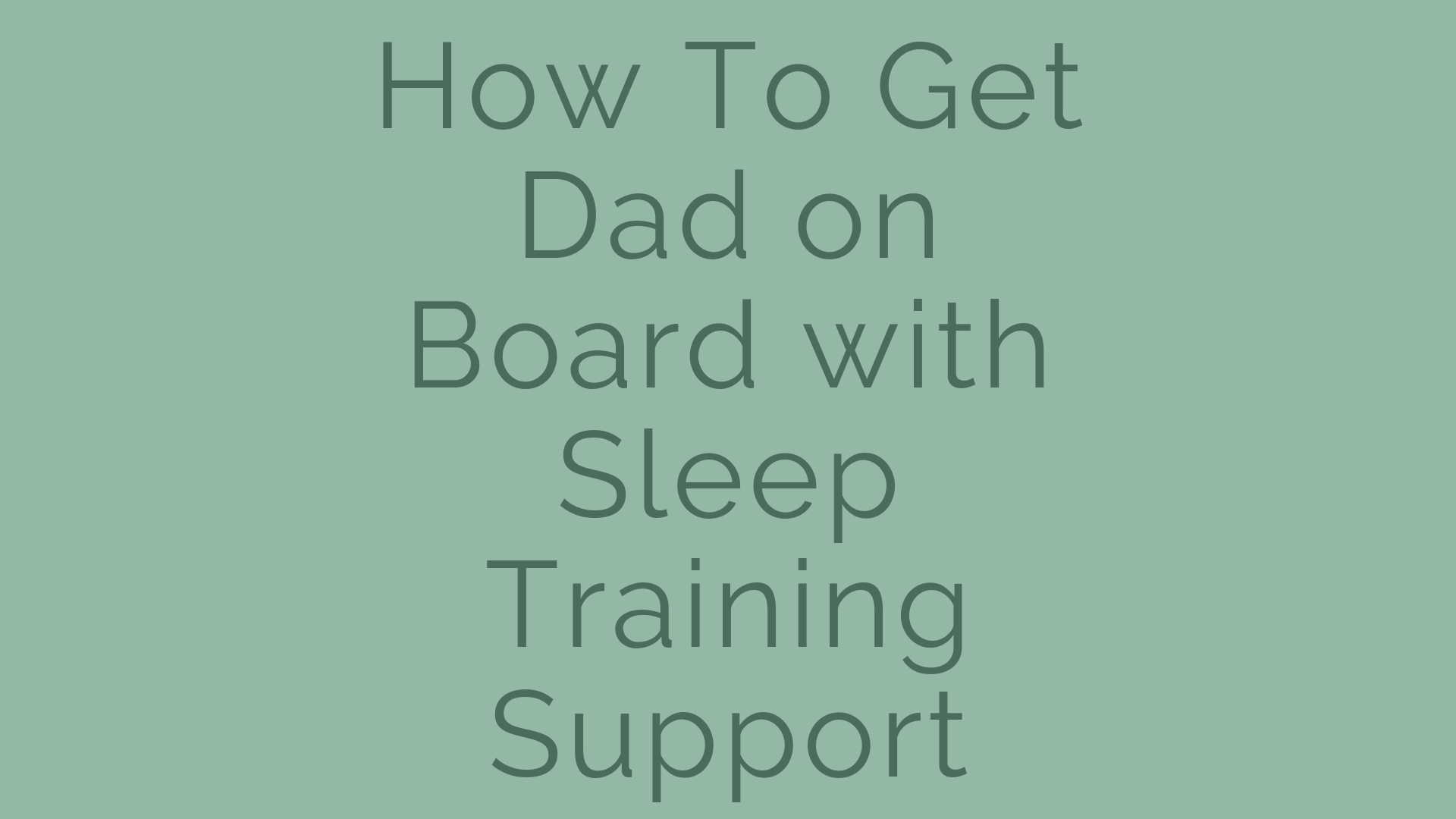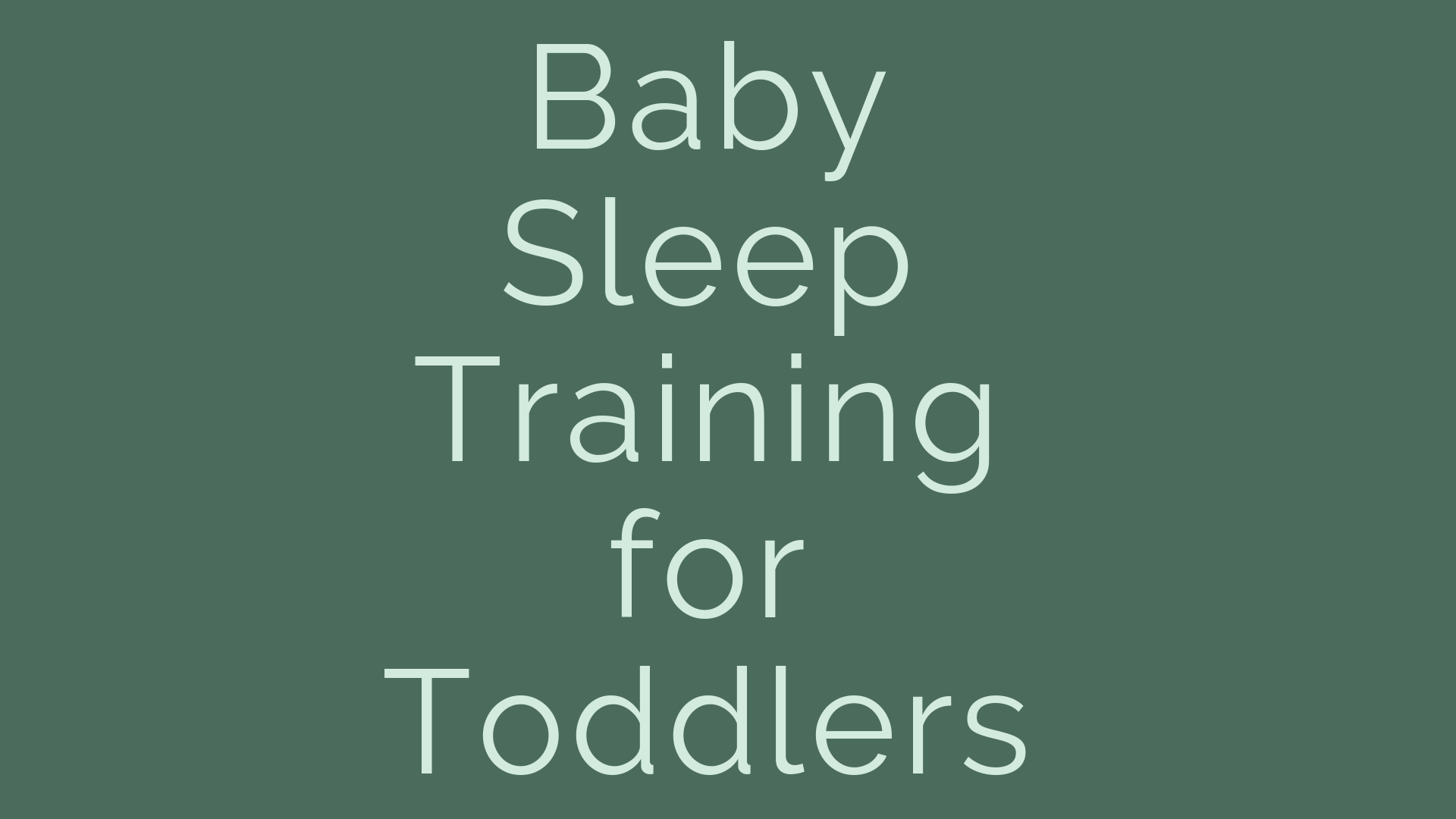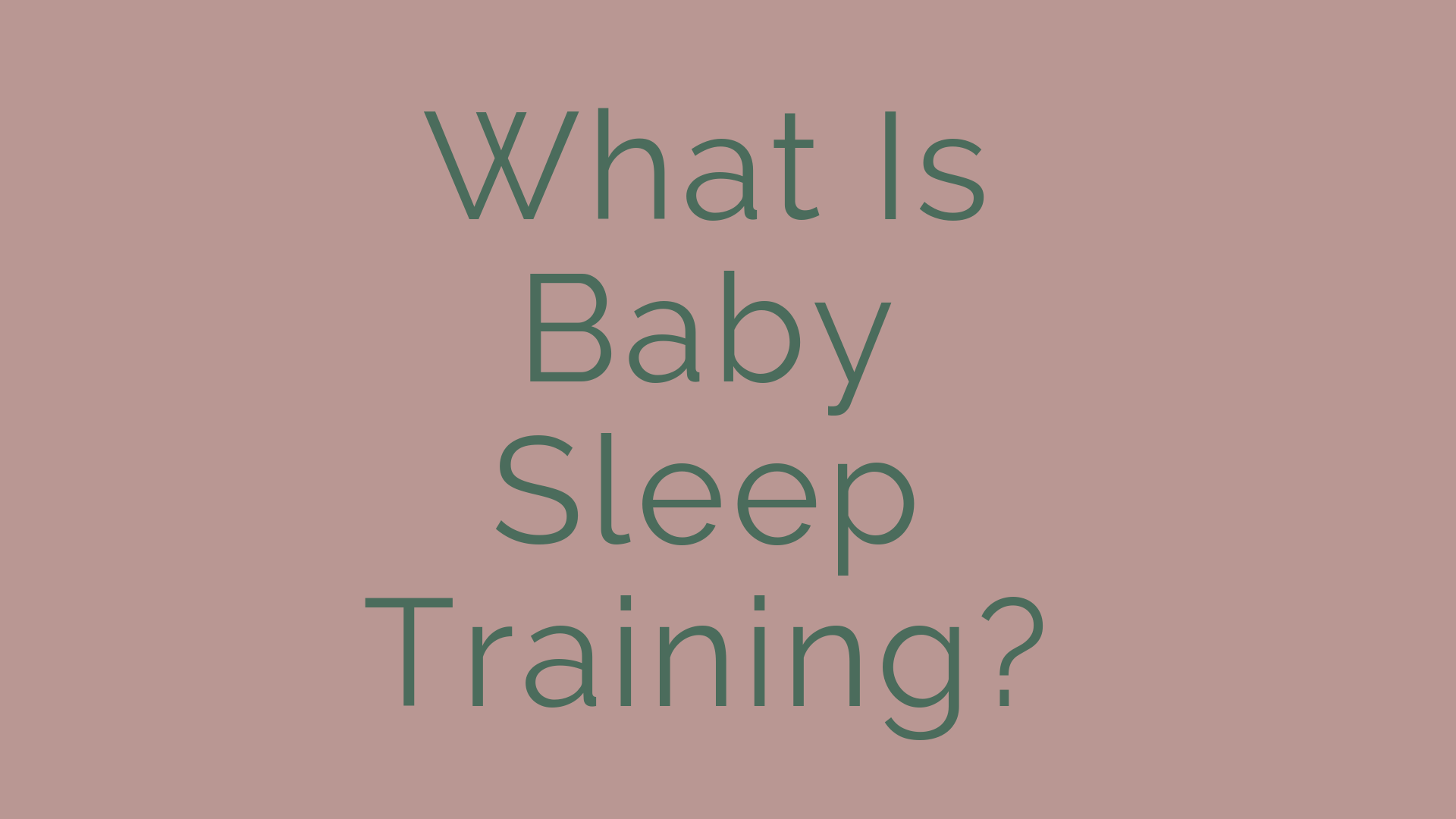Understandably a lot of parents wonder when is the right time to start using the Baby Sleep Trainer method to sleep train their infant or toddler. Since some methods claim to be able to sleep train newborns, while others ask you to wait until baby is 6 months old, it’s understandable parents are curious as to the best time to start using the Baby Sleep Trainer method to get their kiddo’s sleep in order. Once you decide the time is right to sleep train, you also want to make sure you have everything in place beforehand to be successful. Thankfully, the list of things to do is quite short and manageable, so before you know it you should be ready to sleep train your baby using the Baby Sleep Trainer method.

1. 16 Weeks Old
This is the minimum age you can begin to use the BST method, counting from your child’s estimated due date. Studies show that melatonin output regulates by the 16th week of life counting from the baby’s estimated due date (with some children showing regular outputs by week 9), so that’s when we can assume that your child’s metabolic rate of melatonin is consistent enough that they are able to tolerate and accept naps occurring at consistent times each day (instead of using wake times as is wise to do with newborns through age 16 weeks).
2. Bedroom Prep
There’s only a short list of things you need to have ready in whatever bedroom you’re planning to have your child sleep in.
3. Talk to your pediatrician
Depending on your child’s age, you’ll want to have the answers to the following questions before you start sleep training:
-
- Is it okay for my child to go 12 full hours without a feeding? If not, how many feedings do they need to have overnight?
- Is it okay for my child to sleep in their own bedroom without a pacifier?
- What should I do if my child rolls to their stomach during? If the doctor wants you to roll them back over to their back, ask them how many times to continue to do that? If you have to flip the child from stomach to back continuously for hours, should you continue to flip them?
4. Talk to your spouse/partner
Make sure you go over your choice to sleep train with your spouse or partner. Sleep training will require consistency, and it’s important that your partner, and any adult caretakers or family members that are around you and your child, agree to either comply with the program, or not interfere with the implementation of it.
5. Get informed
In this blog (also linked to above), I’ve made a list of my favorite articles that I consider must-reads prior to beginning any sleep training journey.
6. 48 hours “stay-at-home”
This is non-negotiable. Once you are ready to sleep train, you need to be ready to keep your child at home for the first 48 hours of training. This means from the moment you begin training at bedtime, your child is not to leave the house for walks, school drop off, church, trips to the grocery store, etc, for 48 hours. Adult caretakers can trade off, but baby needs to stay inside the house. Your child should also not be placed in a stroller, carrier, or car seat for the first 48 hours of training, so make sure you block off two full days in order to be successful with sleep training. If your child is sick or there is an emergency, outings are of course allowed.





Natalie,
Where can I buy your book you mention in the email on sleep tips? You’re fantastic!
Hi!! Yes, it is finally on sale: https://www.amazon.com/dp/0999086707/ref=sr_1_2?ie=UTF8&qid=1496785058&sr=8-2&keywords=natalie+willes
Your plan changed our lives in 3 days!! Thank you so much for this blog and articles! We’re telling everyone about you!
Thank you for saying so!!